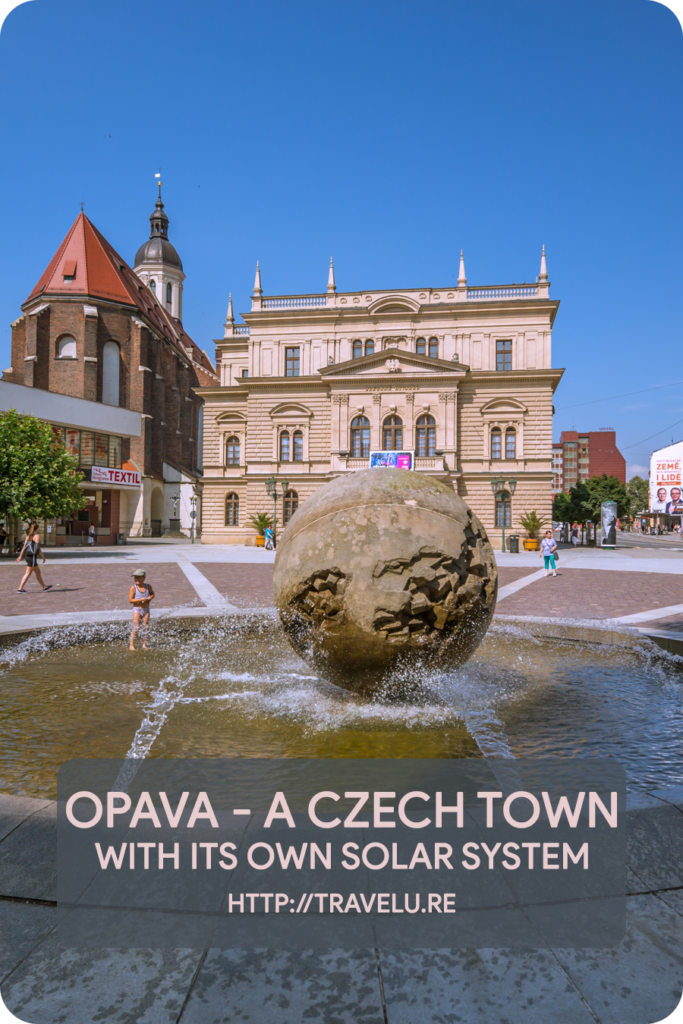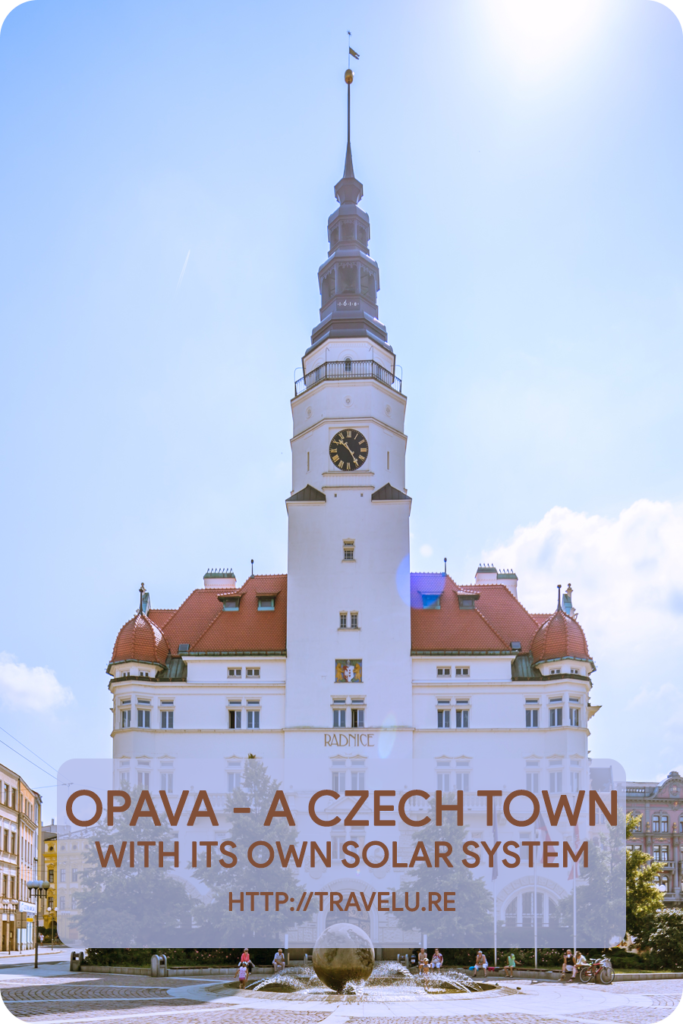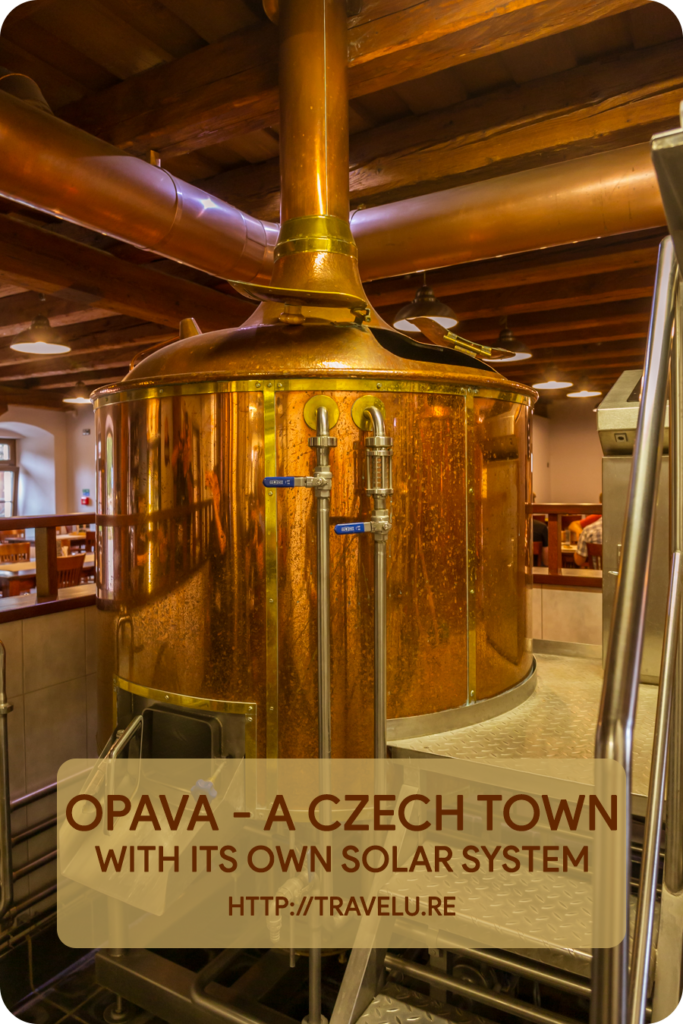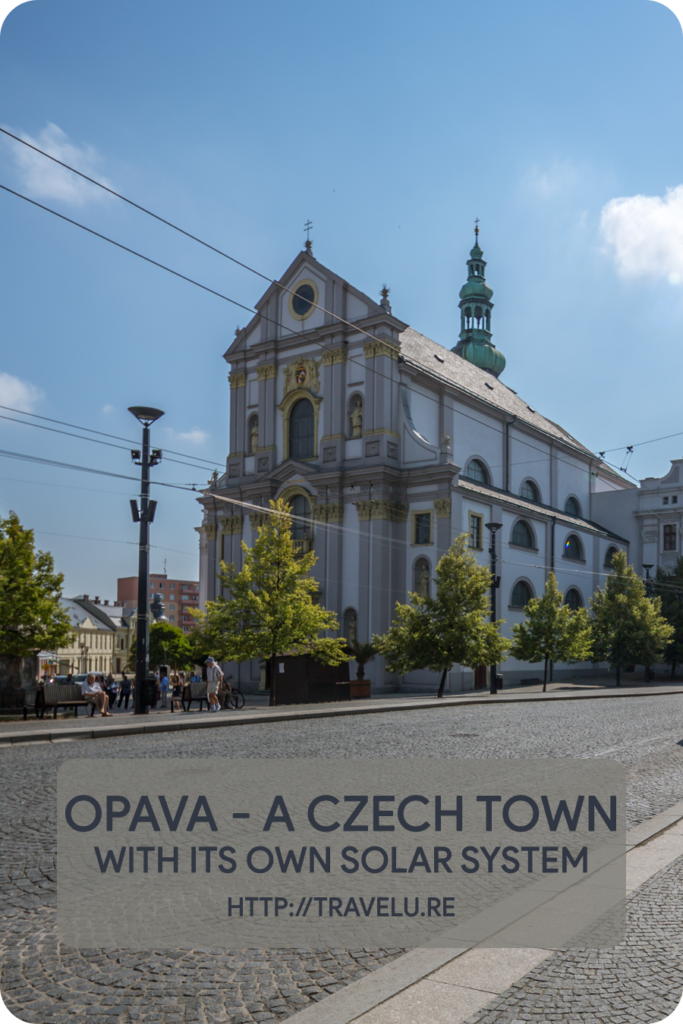Opava – A Czech Town with its own Solar System
We set out from Ostrava, Czechia’s third-largest city where Ivan Lendl shaped himself into a tennis great. Our destination? Opava. We travelled 30 km northwest, almost along the Czechia-Poland border, and reached a town painted in eye-pleasing pastels. We were a group of 25 travel content creators from across the globe. As we spilled out of the bus, a curious collective gaze of the locals followed us. Seldom had they seen a group that large landing in their serene town.
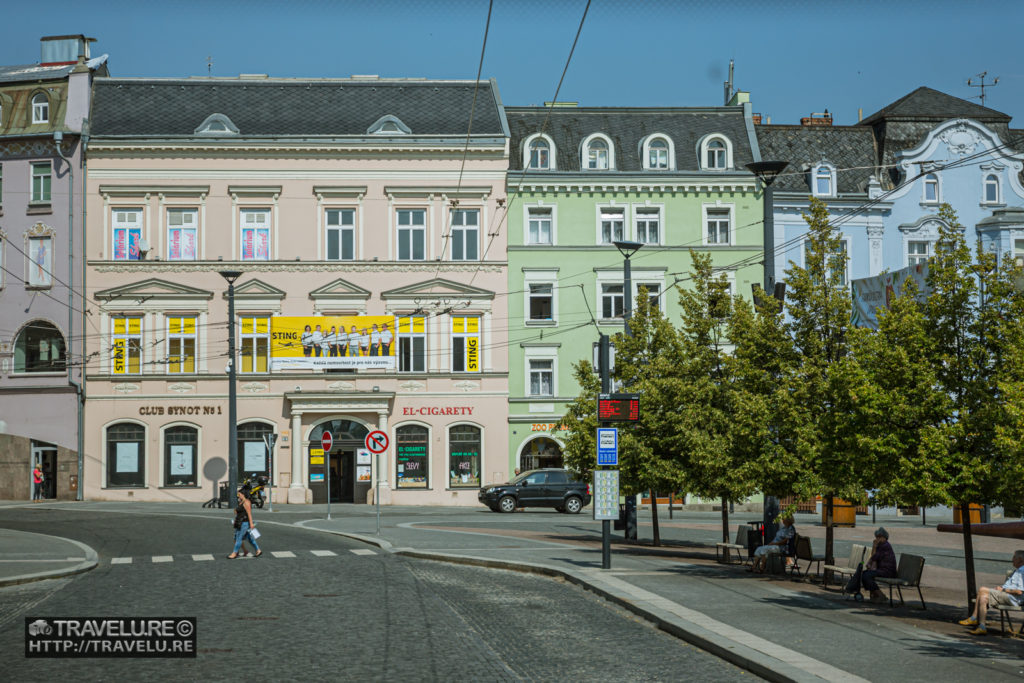
Opava, a town of 60,000, is as Bohemian as they come. It had been a part of Bohemia, Prussia, Austrian Silesia, Czechoslovakia, and Nazi Germany, before landing in the lap of modern-day Czechia.
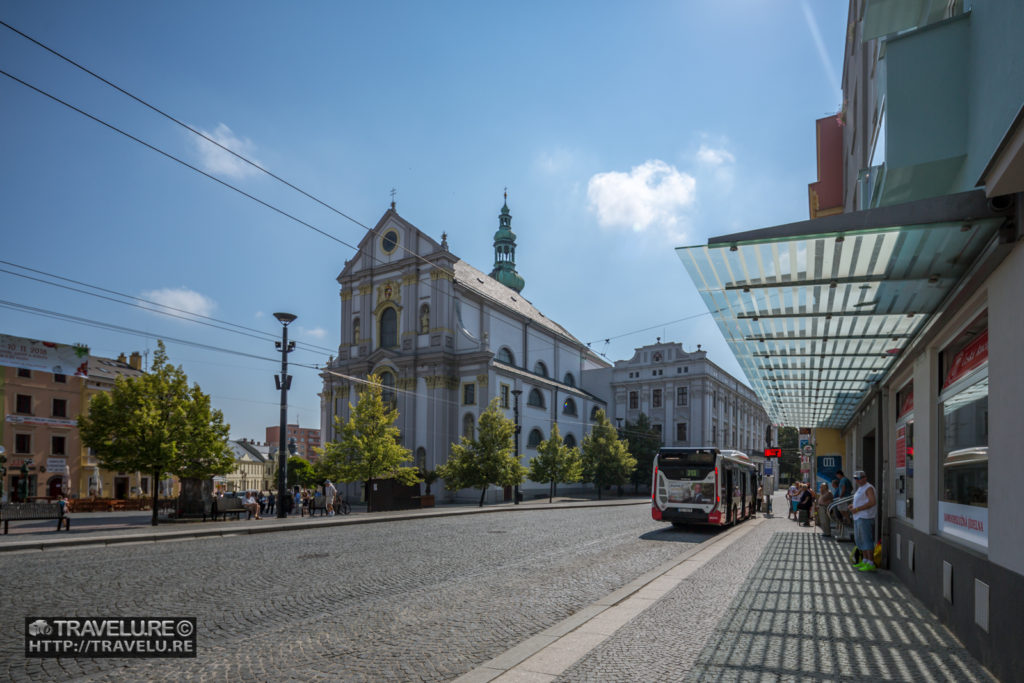
A bit of history
The earliest references to Opava are from 1195 CE. Over the centuries, the town has been the capital of Silesian, Bohemian, and Austrian Duchy of Opava. From the early 17th century, the rulers of Liechtenstein have carried the formal title – Duke of Opava. Between 1742 and 1918, Opava was called Troppau. It hosted the Congress of Troppau in 1820 – a 5-nation meet to find ways of suppressing a rebellion in Naples.
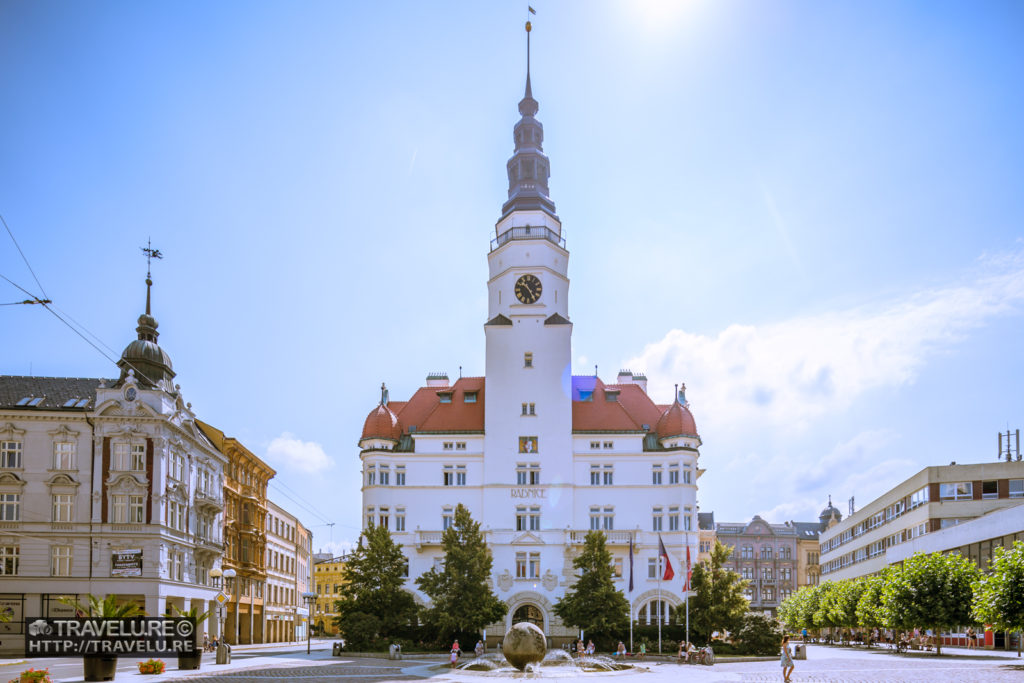
According to the census in 1910, of the ~30,000 residents here, over 90% were German-speaking. It changed hands between nations during the 1st and the 2nd world wars and was a part of Nazi Germany between 1938 and 1945. Once the war ended, the Czech authorities expelled the entire population of the town by force and resettled it with the Czechs. Today, Duchy of Opava does not exist, but the title – Duke of Troppau – continues. And, under the tradition established in the 17th-century, Prince of Liechtenstein carries the title.
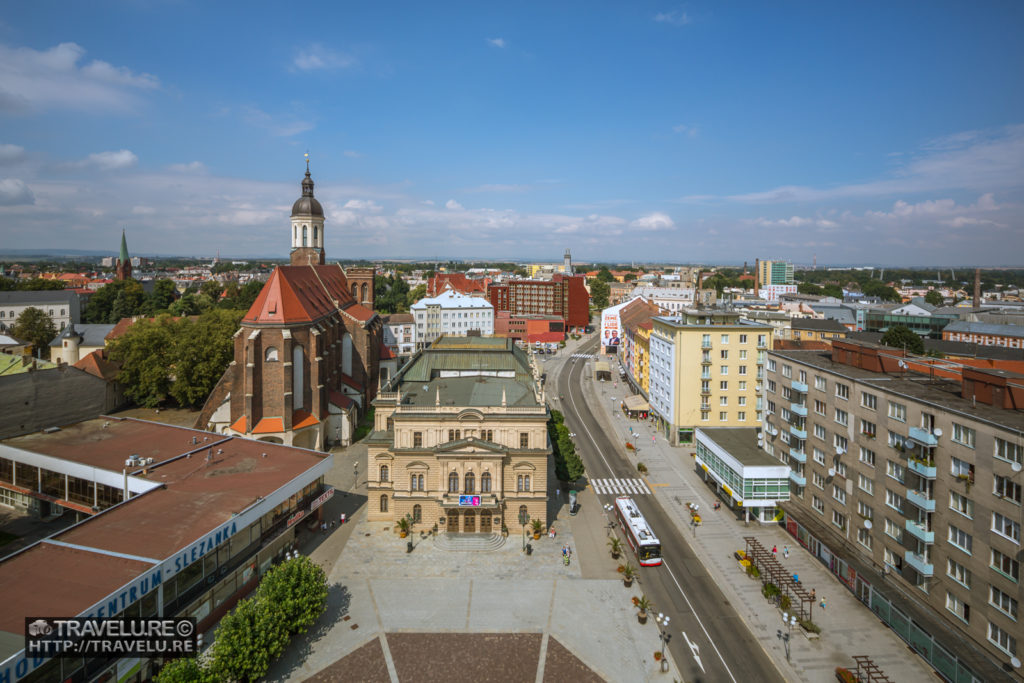
Opava and its Solar System
Opava presents itself as a town of parks, walking plazas, Gothic structures, and two towers. We had disembarked outside one of these towers – the spire of the Gothic Church of the Assumption of Our Lady. A short walk away, in Horni Namesti (Upper Square), lies the second one. This tower, known as Hlaska, adorns the Opava Town Hall.
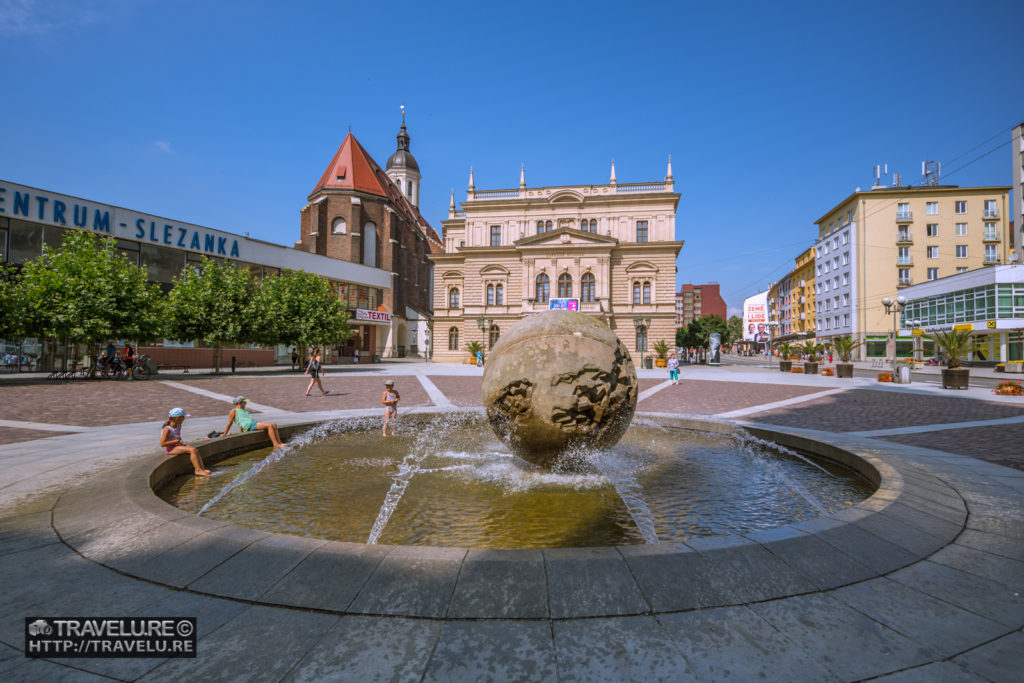
Just in front of the town hall, a round stone ball lies in the centre of a fountain. This 230-cm ball represents the sun. And this is the starting point of Opava’s own scale model of the solar system. Using a scale of 1:626,576,000, the town has placed the nine planets of our solar system right here in Opava. The nearest (Mercury), a ball of 0.8 cm, lying across the Horni Namesti outside the Silesian Theatre, and the farthest (Pluto), a 3.6 mm speck, placed at the entrance to the arboretum in Novy Dvur, 9.5 km away from the sun!
Opava also is home to the oldest museum in the Czech Republic – the Silesian Museum, founded in 1814 CE.
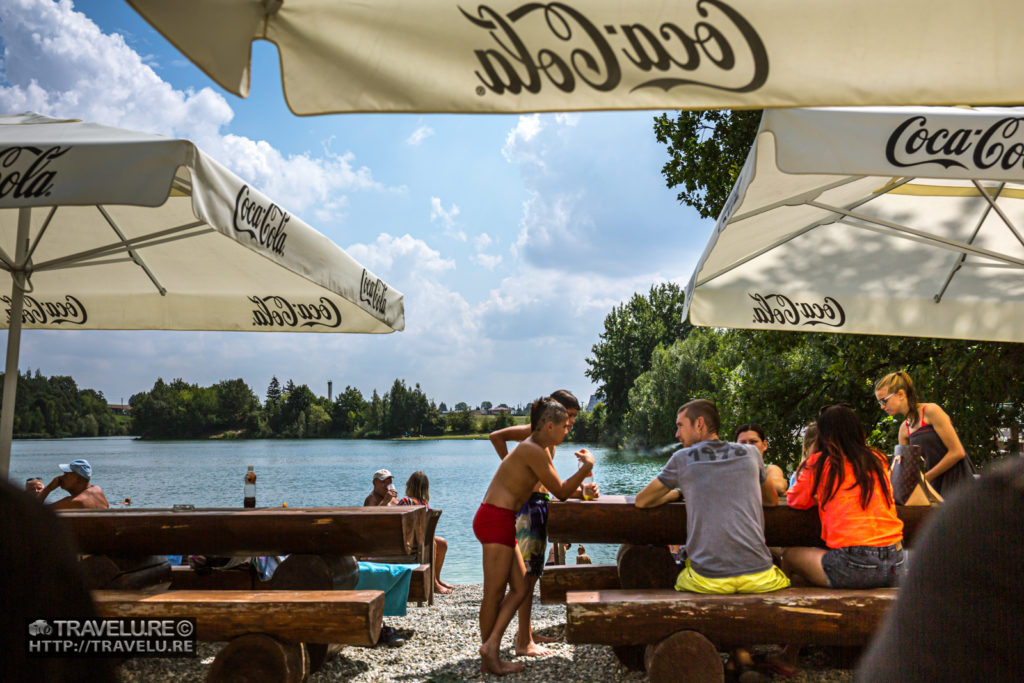
Around Opava
While Opava has its own recreational offerings like theatres and pubs, just 5 km away is Pansky Mlyn, an idyllic picnic spot on the banks of a scenic lake. Locals spend their summer weekends here as the spot has it all – fine dining, fast food, microbrewery et al. And in case you wish to be away from the crowds, a further drive of 4 km takes you to the Radun Chateau – an estate with 4 massive ponds and sprawling wooded parks.
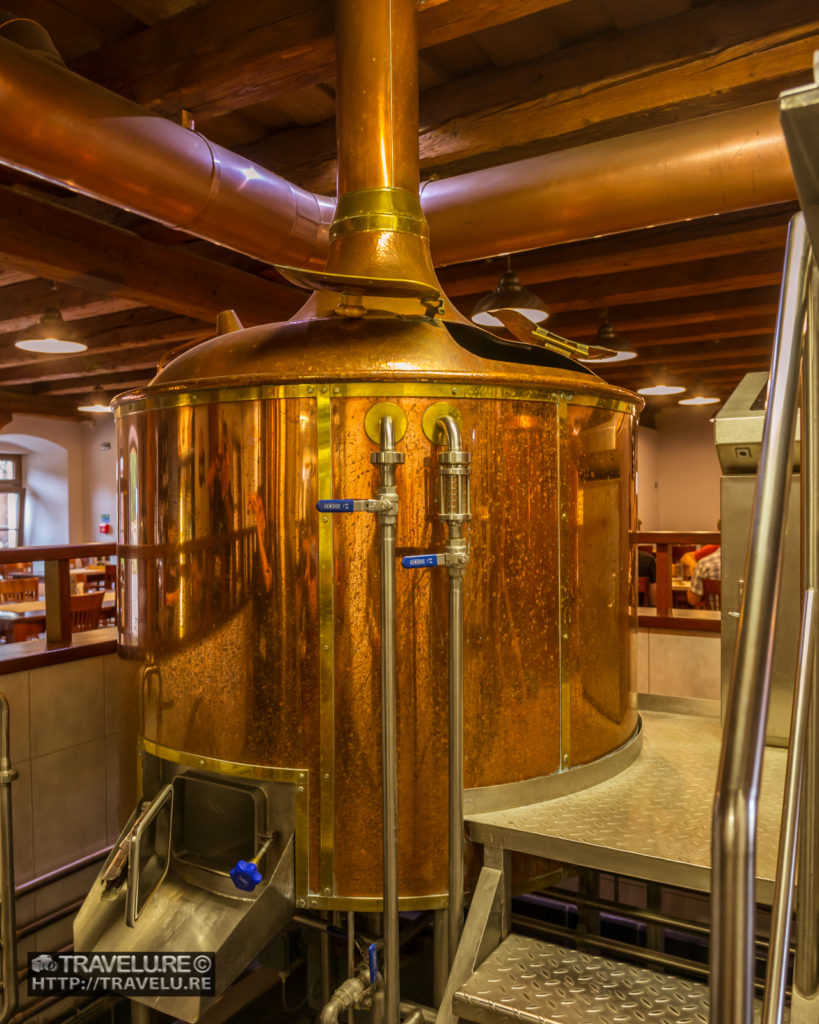
Next time you are in Central Europe, consider a quick trip to this easy-going town. It is closer to Krakow (Poland), than it is to Prague (Czechia).

